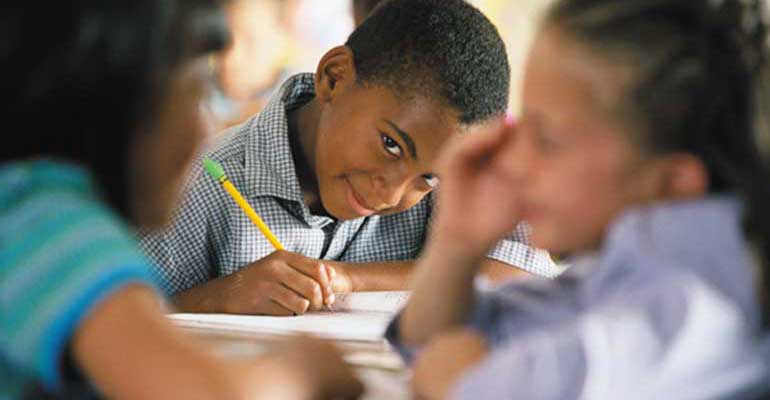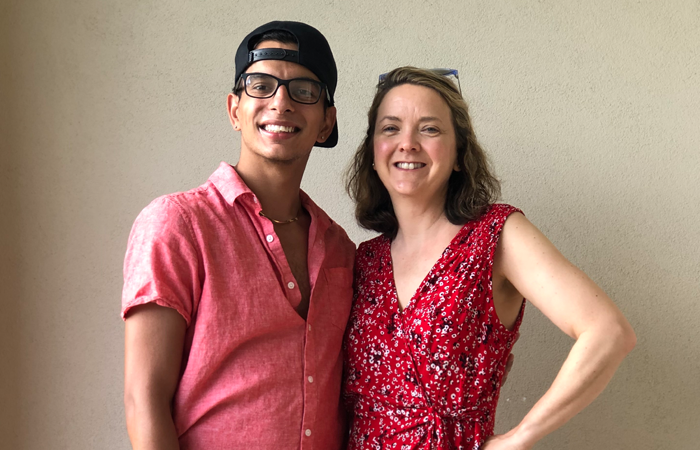Jessie was at the school dance with her friend Colette. When Jessie turned to talk to another girl, Colette walked off alone to a corner of the gym. She wanted to dance, and she knew it was easier for a boy to approach a girl not surrounded by a large group of friends.
John was impressing his buddies by doing arm farts when he noticed that his best friend had walked away — to dance with Colette! Both John and Jessie felt a little inadequate as the pair danced before them.
Such are the perils of middle school, where children mature at varying rates. Some accelerate unexpectedly in social skills and emotional maturity, others advance in sports and physical development. Sometimes these changes lead to sudden shifts in friendships. Children who were inseparable as youngsters may discover they no longer have much in common.
Feeling Rejected
The change in her friend’s behavior occurred at a time when Jessie was thinking more about about her birth mother and sometimes felt lonely or rejected. When she saw her old friend hanging out with other, more socially active girls, she experienced the same emotions.
Jessie’s parents listened to her. Then, they explained the ways children mature at different rates. Colette’s desire to dance simply represented her new interest in boys. It helped Jessie to realize that her experience was like that of most of the girls in her class.
Even as they comforted her, Jessie’s parents pointed out that she, in turn, would outpace her friends in other areas of interest or maturity. They suggested Jessie cultivate new friends. When she agreed, instead of analyzing her comments, her parents simply praised her for taking care of herself.
Peer Groups
Sometimes a group will reject one child whom they perceive as different. But just as often, what occurs is a natural reshuffling of friendships based on rates of maturity or changes in interests. Parents can help their children sort through options.
For example, when Billy called friends the day before to invite them for play dates, the boys often said they were busy. Billy saw their unwillingness to play as rejection. By troubleshooting with him, Billy’s parents were able to see that he needed to plan farther ahead.
Billy made a list of days his friends were free and issued his invitations two or three days in advance. Though some of his friends opted to hang out with new buddies, an equal number were happy to join Billy on their days off.
Children at this age love belonging to a group and having at least one close friend among their peers. As alliances shift, parents have to support children through friendship losses by coaching them to be resilient and to form new ties.

